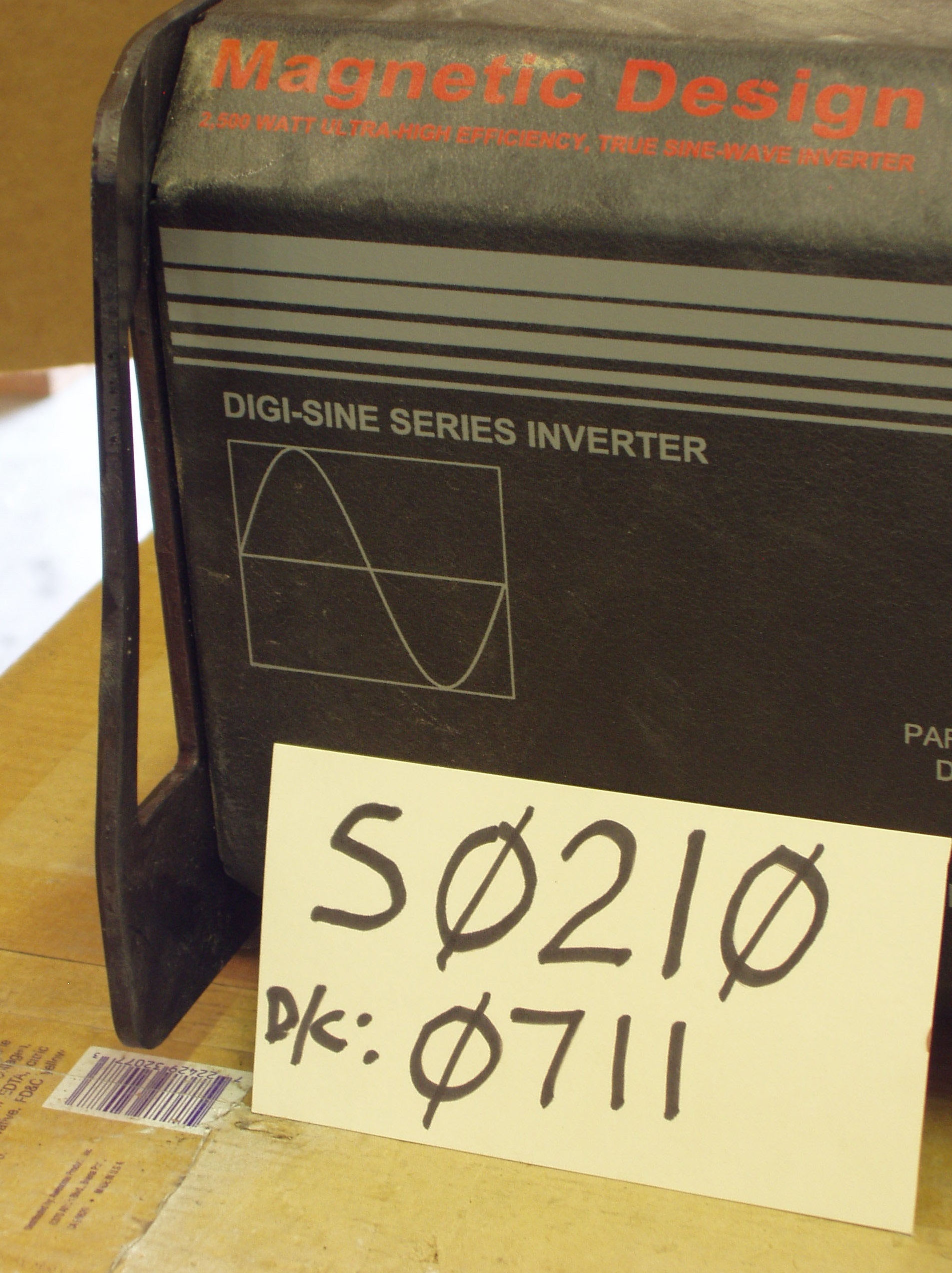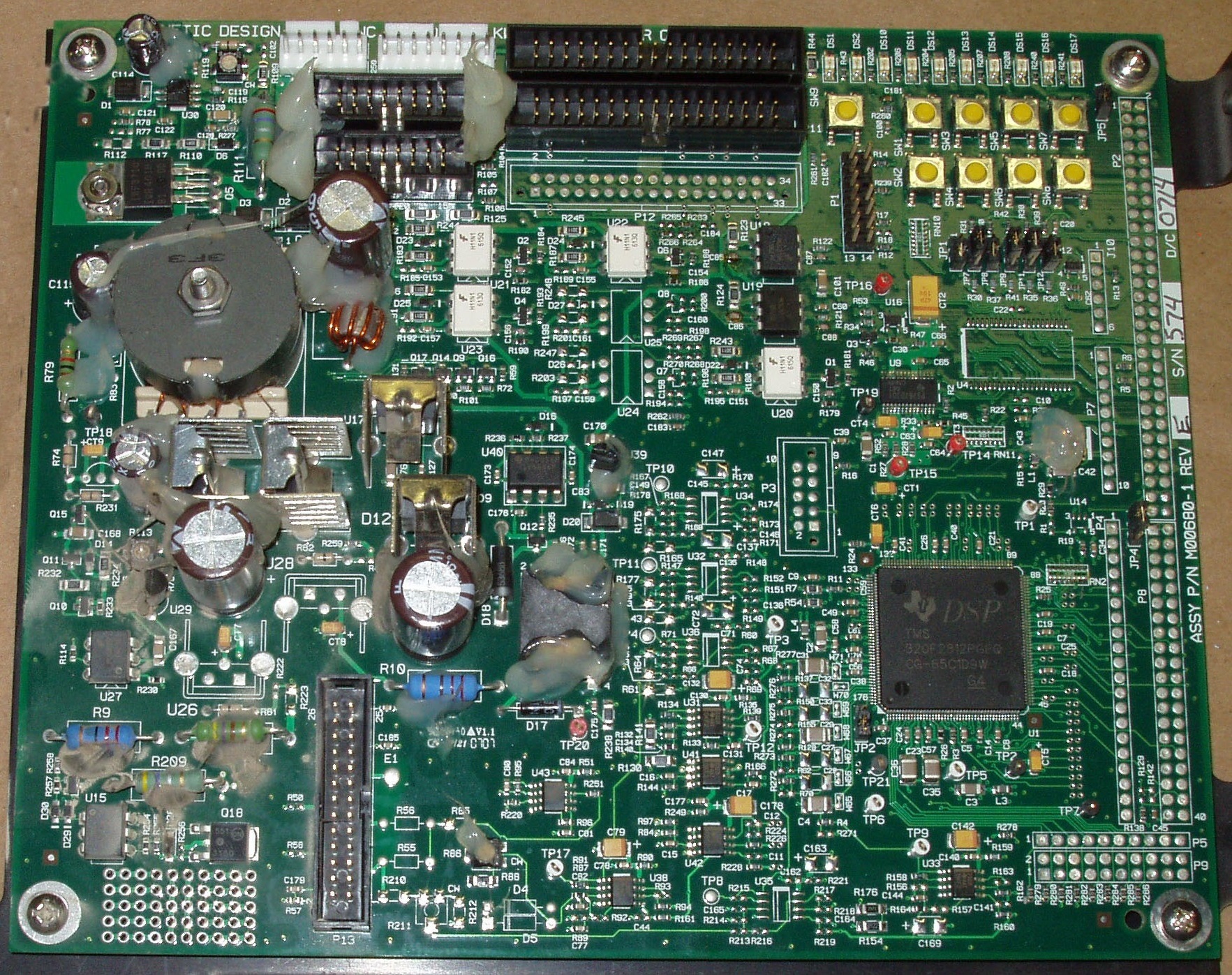The advantages of DSP in hi-rel, high output power converter design
Sophisticated digital power converters provide kW-level power with configurability and remote communications that analogue converters lack, says Kamran Kazem, VP and CTO at Magnetic Design Labs.
In the quest for increased performance, flexibility, configurability, communications, and remote monitoring and control, the power electronics industry is increasingly moving from analogue to digital power converters, particularly when high-density power output is required.
Many mission-critical operations in aerospace and defence, as well as some industrial applications, require high output power in the multi-kW range. Given the mission-critical nature of these applications and the extremely rugged conditions in which they must operate, these power converters must also withstand stringent vibration, shock, EMI, humidity and other environmental settings without breaking down.
Custom requirements
Meeting all of these requirements often requires a custom solution from a power converter designer proficient in DSP techniques as well as military and aerospace specifications and hi-rel standards. You generally do not just go to a catalogue and pick out something that is going to provide you with 50,000 watts of power. Almost everything is custom made in that arena.

Figure 1: Many mission-critical electronics used in mil/aero must be designed to satisfy stringent ruggedisation and hi-rel requirements
Digital power devices are capable of operating over a very wide operating range, require few external components, are easy to communicate with, and introduce a degree of flexibility in control not previously available with analogue techniques. Additionally, almost anything can be customised fairly easily with just a little bit of code, whereas with an analogue converter, once it is designed it is rather difficult to change or get any additional information from it and there is no real-time communications.
DSP is far more precise than analogue. Settings do not drift with time and temperature changes since they are controlled only by the DSP clock and the software, not cap or resistor values that change over temperature and time.
Digital flexibility
Perhaps the most important feature of a digital converter is its flexibility. Digital power converters offer an array of programmable parameters including output voltage settings, output current, current limit trip point, power sequencing routines, voltage margining, and multiple thresholds for warning and fault conditions for overcurrent, over-temperature, and under- and over-voltage. Fault conditions and power usage can also be stored in non-volatile flash memory for later recall.
Designers can program any of these parameters at any point during the product’s lifecycle. These, and other function or feature changes, often simply require updating the flash memory, and can even be updated remotely over the internet. With analogue, similar parameter or function changes require part (hardware) changes and often also require a new PCB.
Real-time communications for monitoring and diagnostics is another major benefit. Digital power conversion devices can be tied into existing networked systems as well as communication processors and the information used to monitor and control the output.

Figure 2: Pure sine wave inverters suit sensitive electronic device operation
Despite these and other advantages of DSP technology, for most engineers the major downside of digital power conversion is the learning curve that the technology demands.
It takes a very high skill level to design for digital control of analogue signals using a DSP processor. Despite excellent programming and debug tools from DSP vendors, these tools can be very difficult for the inexperienced designer, who can find it takes too long or becomes to difficult to complete the application.
Hi-rel applications
In addition to DSP, many mission-critical electronics used in military and aerospace applications must be designed to satisfy stringent ruggedisation and hi-rel requirements.
Hi-rel electronic systems, down to component-level technology, must be able to operate for many years without failure, often without the opportunity for repair, and operate in temperatures that can range from -55C to +85°C.
Bob Seidenberg, former Senor Quality Assurance Manager with BAE Systems, describes the importance of high-reliability, ruggedised digital inverters that were installed in the M1068, a Command Communications variant of the US Army’s M113 family of armoured personnel carriers.
The M113 has been continuously updated, reconfigured and introduced as entirely new systems, including the M1068.
The M1068 variant is used as a tactical operations centre capable of long range communications and includes 4.2kW auxiliary power unit (APU) mounted on the right front of the vehicle to provide 24V power.
As part of this project, BAE Systems required two hi-rel, ruggedised 2500W pure sine wave inverters per vehicle to convert 24V DC power generated by vehicle-mounted APU into usable multi-kW levels of AC for powering communications devices, lighting, computers and other electronic devices.
Although more expensive, pure sine wave inverters provide cleaner, utility grade power than quasi sine wave models. Pure sine wave inverters are ideal when operating sensitive electronic devices, including communications equipment, that require high quality waveform with little harmonic distortion.
In addition, pure sine wave models have a high surge capacity which means they are able to exceed their rated wattage for a limited time. This enables vehicle motors to start easily which can draw many times their rated wattage during startup.
Seidenberg explains that the 2500W inverters also had to meet some shock and vibration requirements that could only be met by hi-rel inverters.
“The shock requirement for the inverters installed on the M1068 was close to 30Gs, in three directions (vertical, horizontal, and transverse) and the vibration spectrum was also very demanding, but MDL was able to meet those requirements with an innovative pure sine wave inverter design that was basically non-destructive,” he says.
Exceeding specifications
Despite the 30G requirement for the M1068, the military specified that the inverters had to withstand 100Gs, far beyond the amount of shock the vehicle would ever realistically experience, based on military tests conducted in the roughest terrain. The company delivered 2500W, pure sine inverters that met the requirement as verified by an independent testing lab.
High-reliability electronic systems and components are no longer the exclusive domain of aerospace and defence. Today, medical, transportation, communications, infrastructure, and industrial all have applications where the price of failure is high.
Vibration, shock, humidity and other inherent environmental problems are still factors in these markets.
DSP and modular, stackable inverter modules
DSP is also a key element in a new generation of modular, stackable inverter options designed to provide a range of 1 to 20kWs of DC/AC power via a single, customisable unit.
Rack-mounted inverter modules that can be stacked in a parallel configuration enable the user to add as many inverters as needed to meet the power requirements. Each unit connects to a communications controller that is responsible for synchronisation, load sharing and any external communications. The individual inverters are hot swappable, enabling the addition or replacement of modules on the fly.
Modular design provides project managers with a system that fits their power requirements without having to develop a new unit just for their specific project. This eliminates the need for many application-specific designs, and could also enable faster delivery of the power converter at a much more economical cost.










